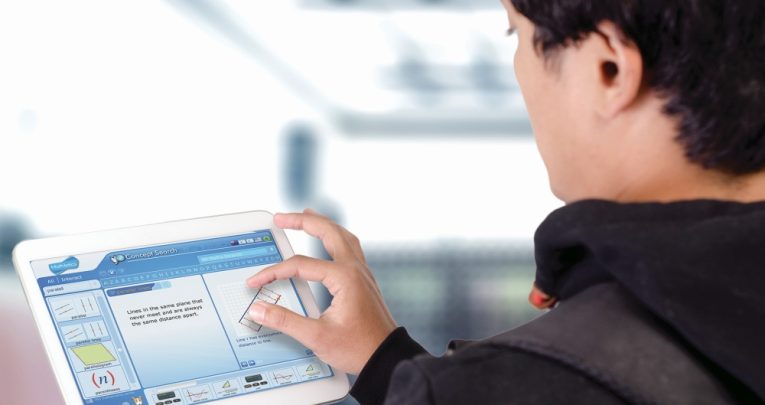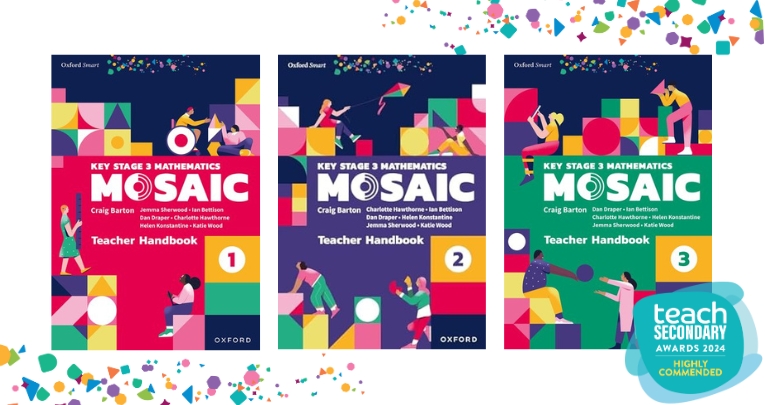Mathletics is a multi award-winning online maths resource for students aged 5-18 that’s currently used by more than 5,000 schools across the UK and millions of students worldwide. Its aim is to develop mathematical fluency, problem-solving and reasoning skills, and it does this by offering subscribers a wealth of digital delights.
I first started using Mathletics in 2010, and since then it has super-evolved to include a whole pile of improvements and updates. It is now fully hosted in the cloud, for example, and offers considerably more curriculum activities to access.
The latest version also includes real world videos help students understand the maths beyond the classroom, a groundbreaking new interactive graphing, new student background themes; and the addition of a new ‘Reports’ area.
Teachers’ view
The new-look site is divided into two main areas for teachers and learners, each of which can be accessed via specific logins.
Logging in as a teacher opens up a neat and tidy workspace where you’ll find areas devoted to classes, courses, results, reports, lessons, ebooks, demonstrations, and assessments, along with a toolkit. Easy to access and even easier to use, each area is a vast improvement on what was available before. Everything is geared towards getting the most out of the resource without creating any extra work, and you’ll find a wide variety of tools that can be used to control the access of classes, whole cohorts and individual learners to particular areas.
Mathletics claims seven key elements to its approach – engage, target, diagnose, assess, report, fluency and mobile. Well, it certainly engages, because the design of the site is fresh, clear, fun and friendly. The use of rewards and certificates, and its ‘mathematical gaming’ element means that students are kept on track, entertained, educated and motivated. In terms of targeting, there are plenty of adaptive activities to access; you can choose from 1300 of them, each with pre- and- post testing.
You can easily assign an assessment to a student and look at a full diagnostic analysis in the teacher console. This allows you to see where a student is in terms of progress, and how you can help them improve – including a recommended work plan and activities for students to try targeting specific curriculum outcomes, making it easy to benchmark or track improvement and create individual learning pathways. Reports on Mathletics are given in real time and are highly detailed, so you can see exactly what was done and where more help is needed.
I think a major appeal of Mathletics is its flexibility and meticulous approach to differentiated learning. As a teacher you retain a lot of control, and have the capacity to modify work to suit individual needs through ‘secret setting’. This allows you to give lower ability pupils work from an area below their peers without the student being aware of it, which obviously removes any confidence denting. What’s also great about the teacher logins is that you can see when students finish their work on-screen and then re-set tasks accordingly.
Mathletics for Secondary Schools: What teachers are saying from 3P Learning on Vimeo.
Challenge and explore
The learners’ area of Mathletics contains an extensive range of different sections that are designed to support the teaching and learning of mathematical tasks, including live maths challenges against other learners from all over the world, targeted curriculum problems, support material, demonstrations and games.
The general gist of Mathletics is to motivate learners to take part in challenges and curriculum learning to gain credits, which can then be turned into certificates, awards and ways of updating their on-screen ‘avatar’. The learners’ ‘My Study’ section mirrors what you’ll find in the Teachers’ area in terms of activities, ebooks, interactives and videos, with the aim of earning medals along the way. Rather brilliantly, students can now use a free mobile app (iOS/Android) to take their account settings with them, including homework.
As with all systems there are pros and cons. On the plus side, the interactive format combined with the competitive points system can engage and motivate students. The program is in line with the National Curriculum, teachers have full control over what challenges students complete and it supports assessment wonderfully. It’s great that you are able to repeat lessons until students have mastered a concept and earned a score of 100%, along with the corresponding reward.
Young people generally enjoy the games and the built-in motivation works a treat. The range of activities and challenges is enormous, and will undoubtedly help to improve fluency in core competencies.
In terms of room for even further improvement, I would suggest (as a fan) that some activities lack appropriate demonstrations about what to do, which can lead to confusion. Some of the worksheets could do with more explanation, for example, and more videos for each lesson would be welcome. The videos are spoken in Australian English, and I’ve occasionally had students complain of not being able to ‘tune into’ the way certain words are pronounced.
Overall though, the positives outweigh the gripes. When used creatively and strategically, Mathletics is a tested, verified and proven resource that can have a significant impact on the results of schools. Indeed, my own experience has shown that students get the maximum benefit from engaging with Mathletics when it’s used over a number of years.
VERDICT: It all adds up Mathletics is an intuitive and engaging resource; one that’s bound to improve learners’ skills, knowledge and ability in maths, especially in numerical skills and speed.







